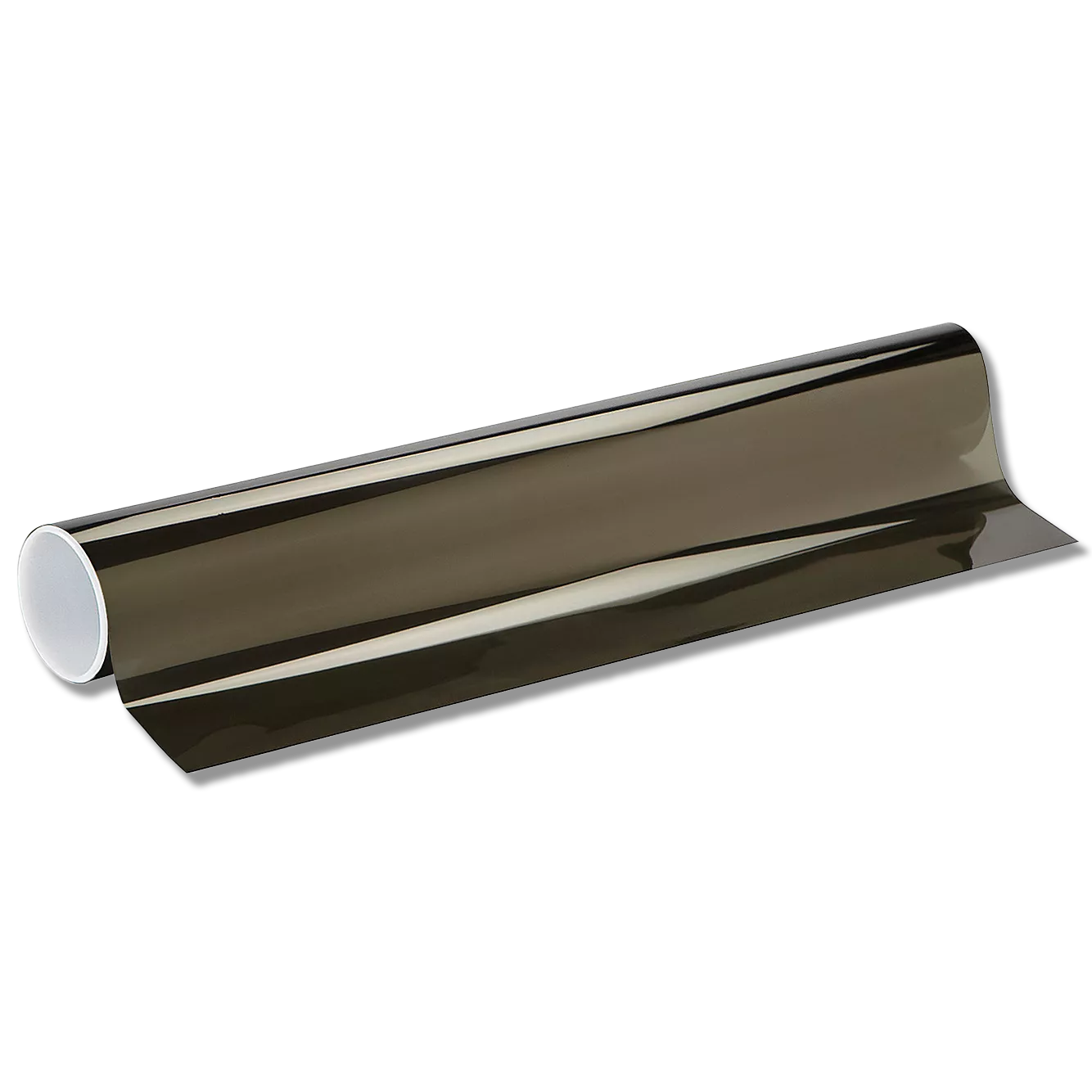blog
Top 11 Publications on Energy Reduction Using Window Glass Tint Films
- 2024.05.27
- Martin. C
1. Experimental and theoretical study on the effect of window films on building energy consumption
(https://www.sciencedirect.com/science/article/pii/S0378778815003242)
- Authors: C Li, J Tan, TT Chow, Z Qiu
- Journal: Energy and Buildings, 2015
- Summary: This research explores the AC energy saving potential of solar films under different conditions, affirming their effectiveness particularly on clear glass.
2. Performance rating of glass windows and glass windows with films in aspect of thermal comfort and heat transmission
(https://www.sciencedirect.com/science/article/pii/S0378778804003421)
- Authors: S Chaiyapinunt, B Phueakphongsuriya, T Nimsakul
- Journal: Energy and Buildings, 2005
- Summary: This study evaluates various types of glass windows and their performance with and without films, highlighting significant thermal comfort and energy transmission improvements with film application.
3. Multilayer thin film structures for multifunctional glass: Self-cleaning, antireflective and energy-saving properties
(https://www.sciencedirect.com/science/article/pii/S0306261920302099)
- Authors: C Garlisi, E Trepci, X Li, R Al Sakkaf, K Al-Ali
- Journal: Applied Energy, 2020
- Summary: The paper discusses the development of multilayer coatings on glass to achieve self-cleaning, antireflective, and energy-saving functionalities, contributing to overall energy efficiency.
4. Transparent heat regulating (THR) materials and coatings for energy saving window applications: Impact of materials design, micro-structural, and interface quality
(https://www.sciencedirect.com/science/article/pii/S0079642518300306)
- Authors: GK Dalapati, AK Kushwaha, M Sharma
- Journal: Progress in Materials Science, 2018
- Summary: This review covers the advancements in THR materials and coatings, focusing on their energy-saving potential and the importance of materials design and microstructural quality.
5. Performance, materials and coating technologies of thermochromic thin films on smart windows
(https://www.sciencedirect.com/science/article/pii/S1364032113003419)
- Authors: M Kamalisarvestani, R Saidur, S Mekhilef
- Journal: Renewable and Sustainable Energy Reviews, 2013
- Summary: The article examines thermochromic thin films on smart windows, discussing their energy-saving effects and the effectiveness of different types of glass and coatings.
6. Impact of window films on the overall energy consumption of existing UK hotel buildings
(https://www.mdpi.com/2071-1050/9/5/731)
- Authors: A Bahadori-Jahromi, A Rotimi, A Mylona, P Godfrey
- Journal: Sustainability, 2017
- Summary: This study assesses the impact of window films on energy consumption in UK hotel buildings, finding significant reductions in cooling energy requirements with the application of window films.
These publications cover a broad range of research on the impact of window glass tint films on energy consumption, highlighting both theoretical and practical applications.
7. Experimental study on the dynamic behaviour of glass fitted with safety window film with a small-scale drop weight set-up
(https://www.sciencedirect.com/science/article/pii/S0734743X14001262)
- Authors: S. Van Dam, J. Pelfrene, S. De Pauw
- Published in: International Journal of Impact Engineering, 2014
- Summary: This study investigates the impact response of glass fitted with safety window film. The findings indicate that the use of safety films can significantly improve the elastic response and stiffness of glass, suggesting it as a good alternative for enhancing glass performance.
- PDF: [Link](https://biblio.ugent.be/publication/6941195/file/6941233)
8. Daylight performance of a microstructured prismatic window film in deep open plan offices
(https://www.sciencedirect.com/science/article/pii/S0360132316302748)
- Authors: A. McNeil, E.S. Lee, J.C. Jonsson
- Published in: Building and Environment, 2017
- Summary: This paper evaluates the daylight performance of prismatic window films. The results show that the P1 prismatic film mounted on 3 mm clear glass provides good daylight performance with low correlation to user-reported glare issues, enhancing user comfort.
- PDF: [Link](https://www.sciencedirect.com/science/article/am/pii/S0360132316302748)
9. Phthalates in glass window films of Chinese university dormitories and their associations with indoor decorating materials and personal care products
(https://www.mdpi.com/1660-4601/19/22/15297)
- Authors: L. Fan, L. Wang, K. Wang, F. Liu, G. Wang
- Published in: International Journal of Environmental Research and Public Health, 2022
- Summary: The study examines the presence of phthalates in glass window films used in dormitories and their associations with indoor materials. Although the phthalate concentrations were found to be high, the use of such films was noted to have positive environmental impacts in other aspects.
- PDF: [Link](https://www.mdpi.com/1660-4601/19/22/15297/pdf)
10. Energy-efficiency technologies in the building envelope: Life cycle and adaptation assessment
(https://www.sciencedirect.com/science/article/pii/S235271021830319X)
- Authors: A. Aslani, A. Bakhtiar, M.H. Akbarzadeh
- Published in: Journal of Building Engineering, 2019
- Summary: This paper discusses various energy-efficiency technologies including window films and low emissivity glass. The study concludes that these technologies, especially window films, are effective in improving energy efficiency and receive positive feedback during the early stages of implementation.
11. Liquid-applied absorbing solar control window film retrofit
(https://www.gsa.gov/cdnstatic/GPG_Solar_Coating_Report_508_Compliant_1-13-2015.pdf)
- Authors: C. Curcija, H. Goudey, R. Mitchell, L. Manes
- Published by: National Renewable Energy Laboratory—Windows and Envelope Materials, 2014
- Summary: The report evaluates the performance of liquid-applied solar control window films. It shows that these films provide significant solar control benefits, reduce glare, and improve overall energy efficiency in buildings.
- PDF: [Link](https://www.gsa.gov/cdnstatic/GPG_Solar_Coating_Report_508_Compliant_1-13-2015.pdf)
These publications highlight various positive impacts of using glass and window films, such as improved safety, daylight performance, energy efficiency, and solar control.

 Pender
Pender
 Rode
Rode
 Santana
Santana
 Shure X
Shure X
 Camo
Camo
 Sunset R
Sunset R
 Reiney Blue
Reiney Blue
 Aura
Aura
 Aero Shield 500
Aero Shield 500
 Aero Shield 700
Aero Shield 700



